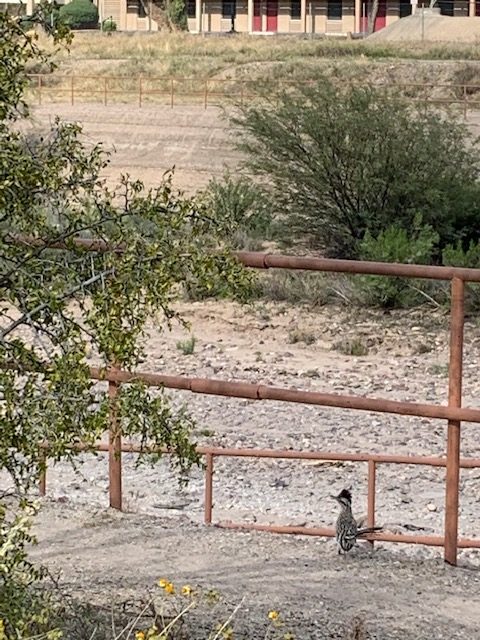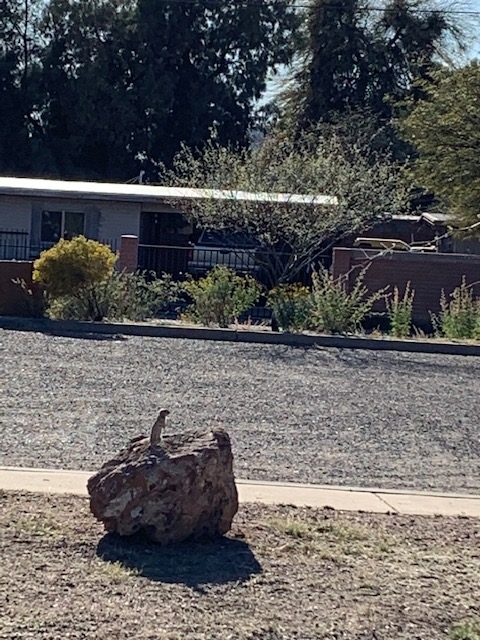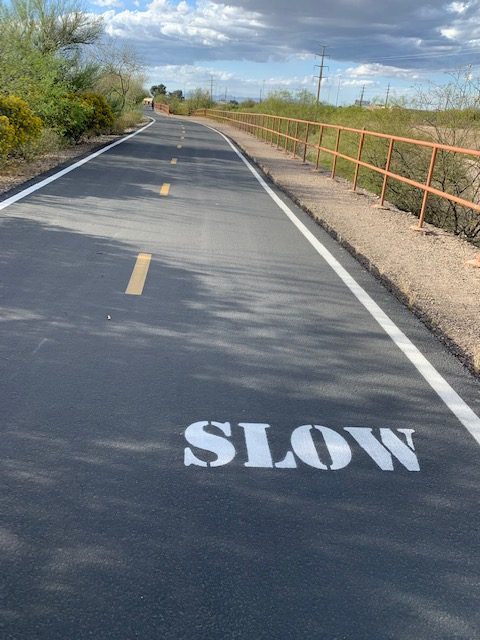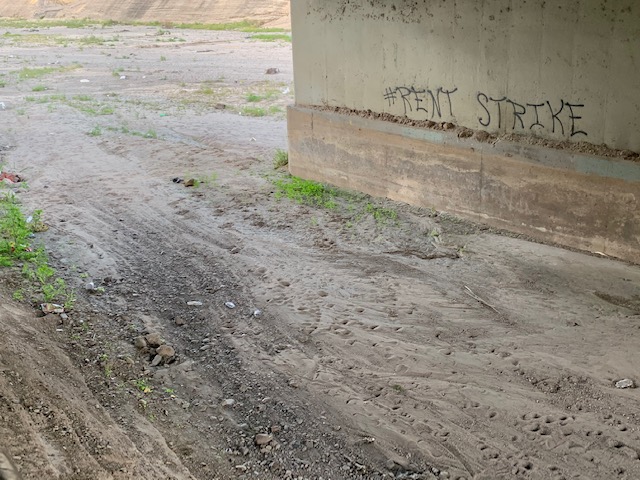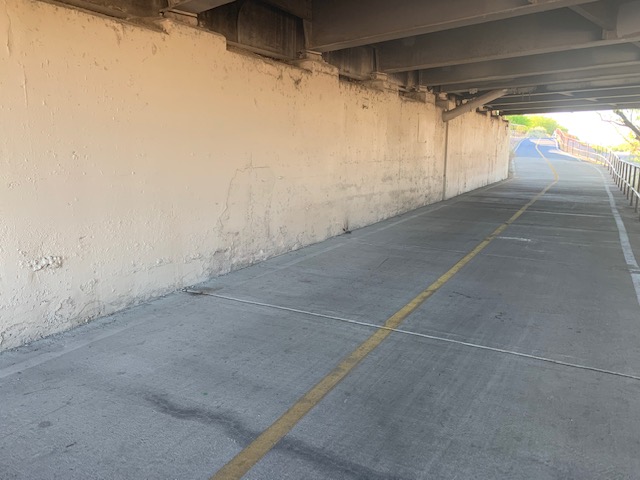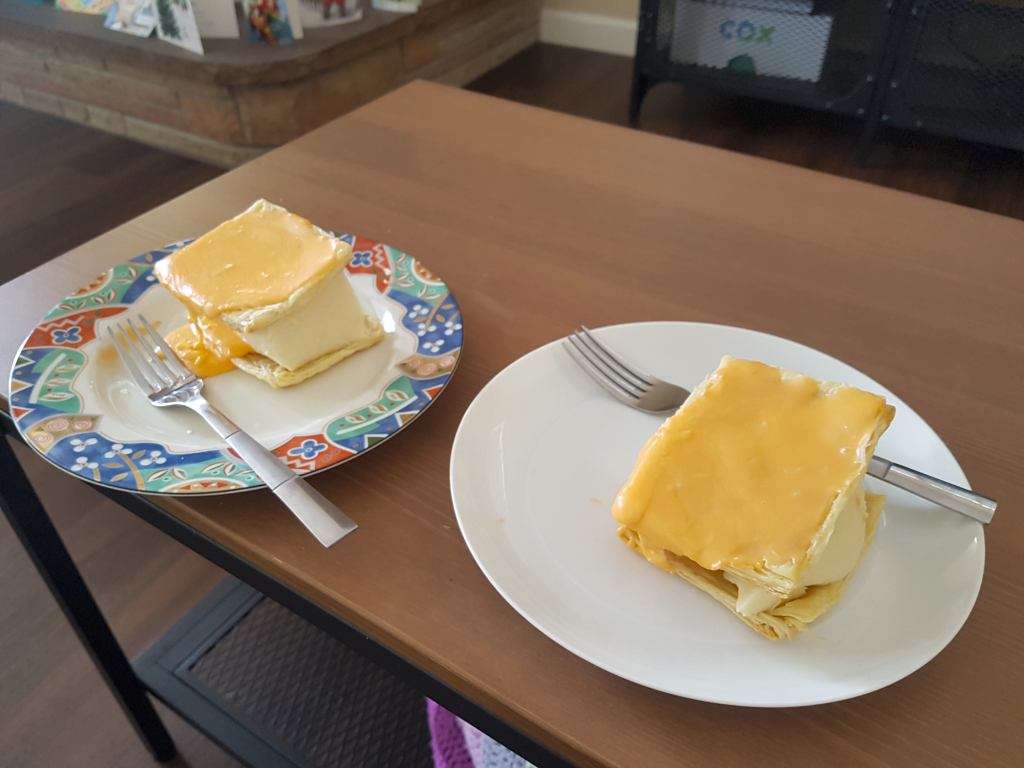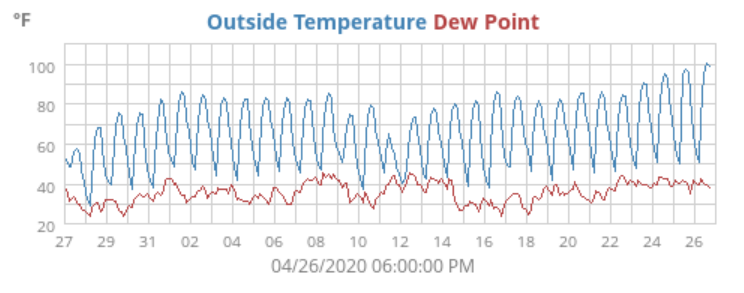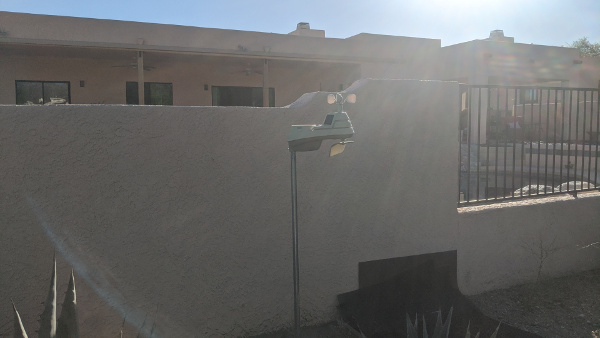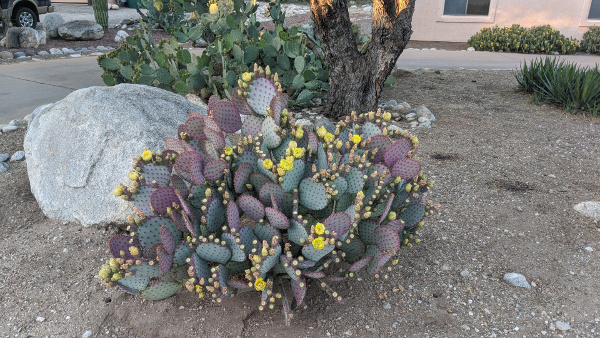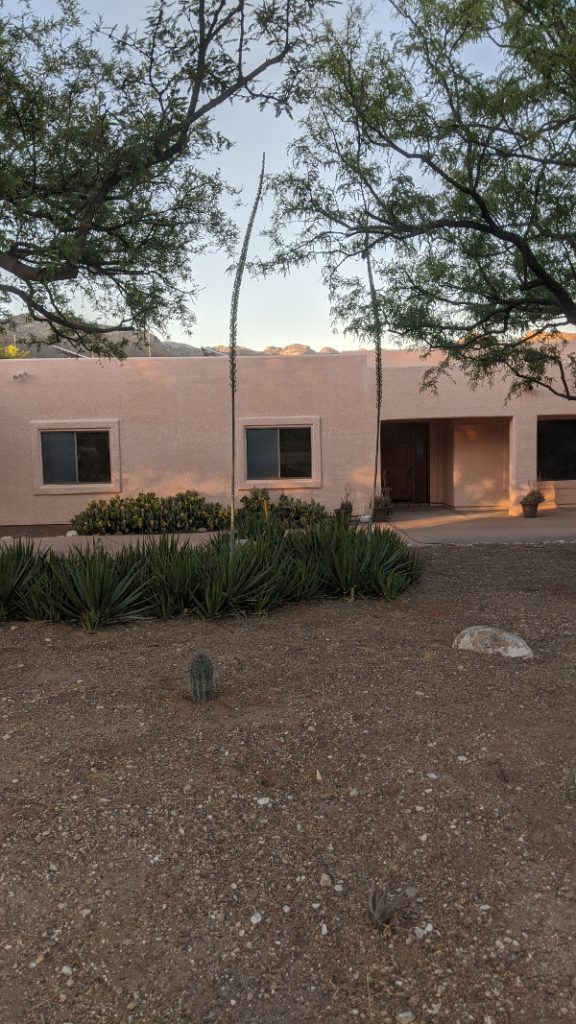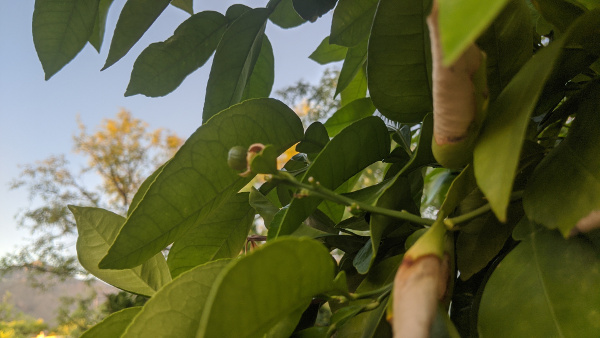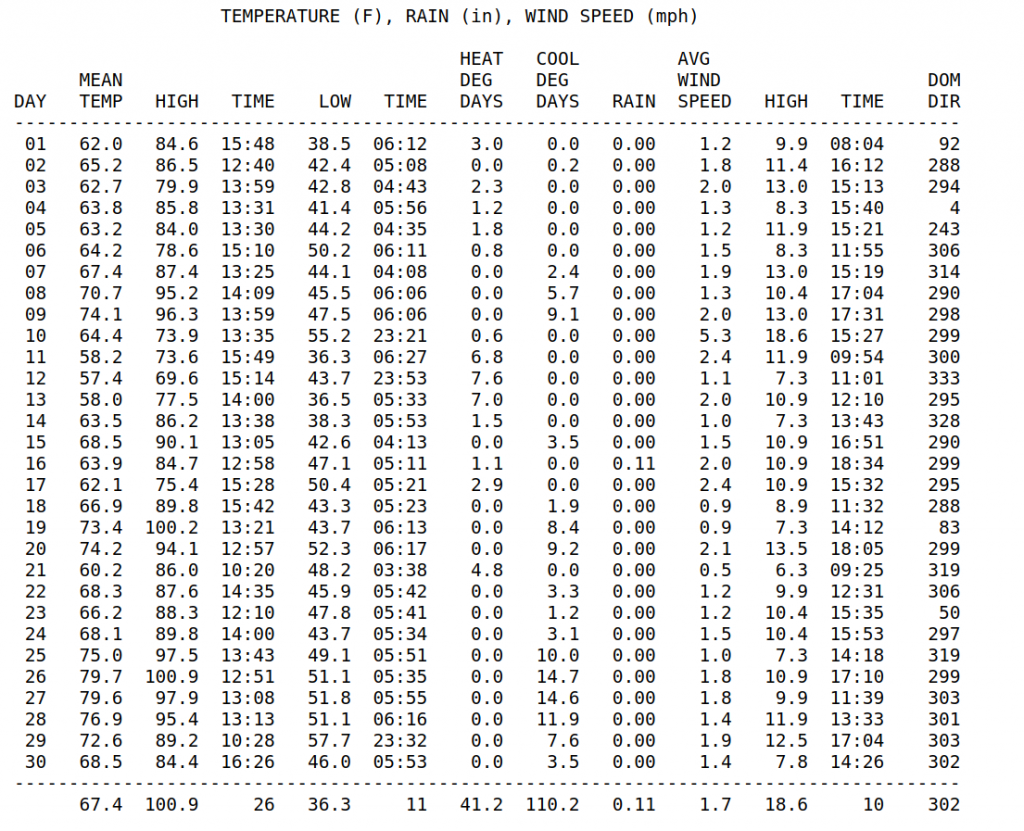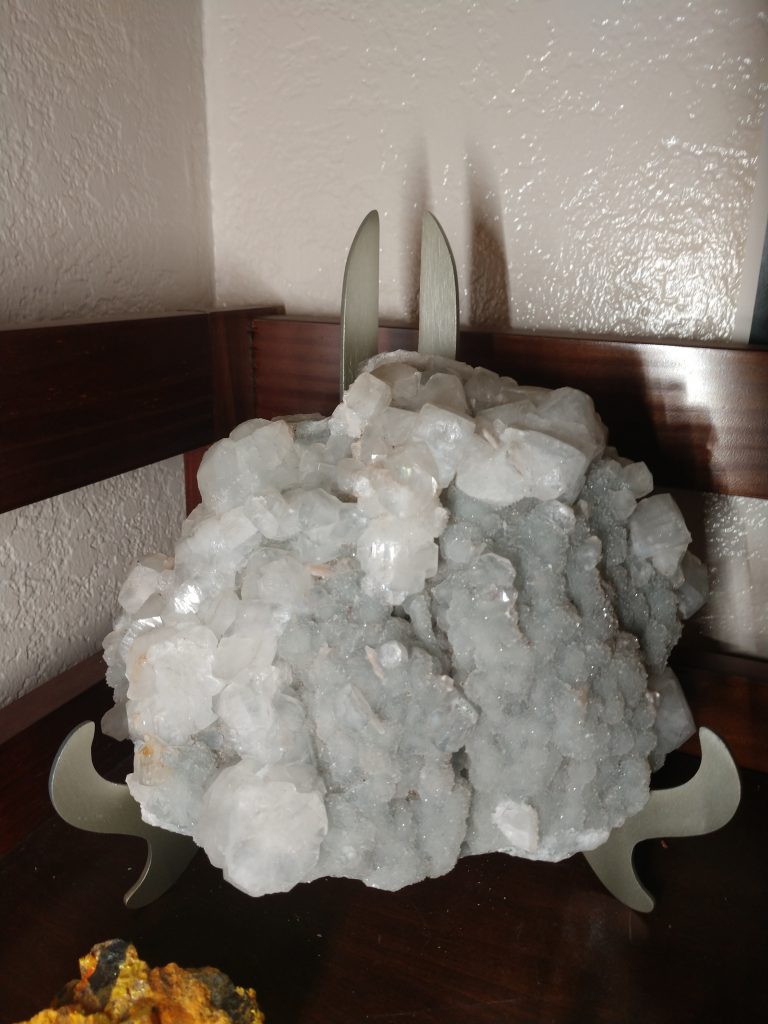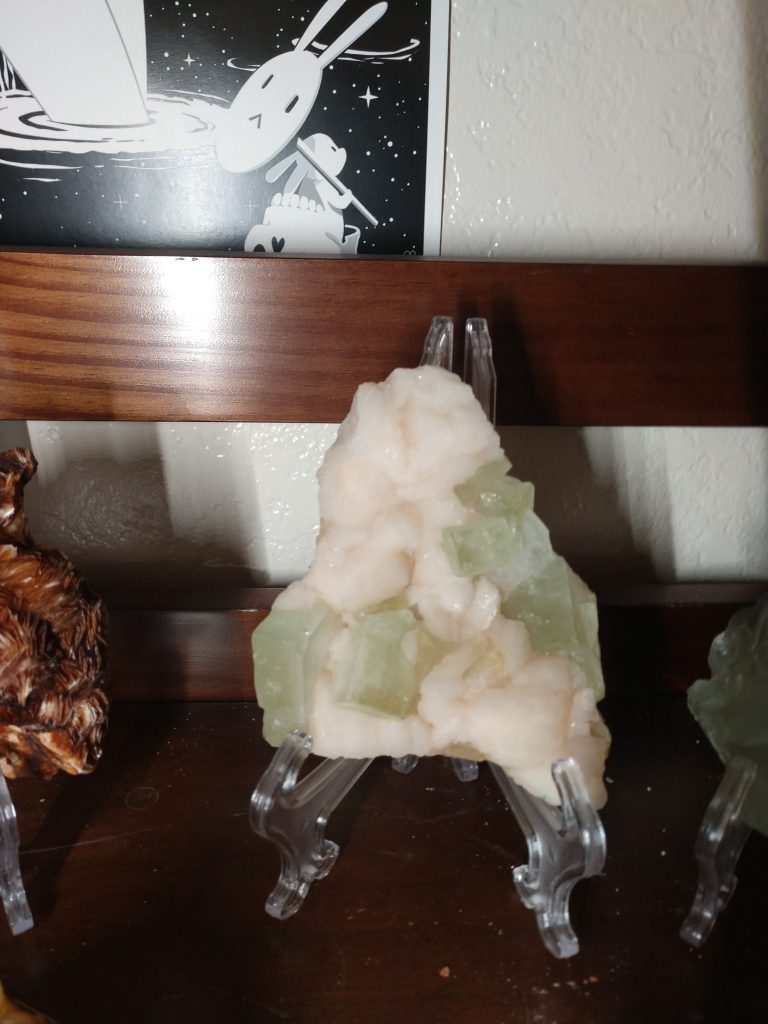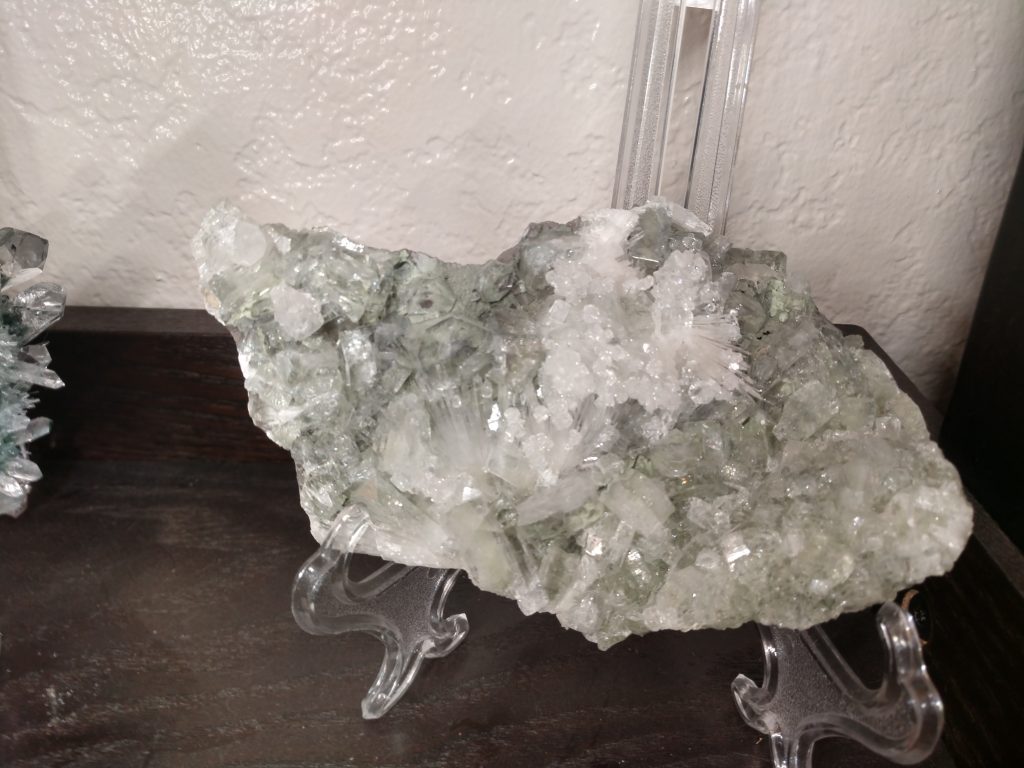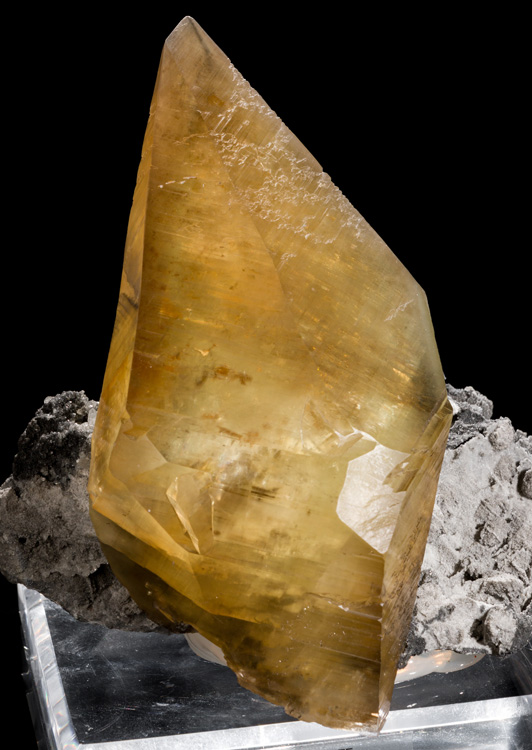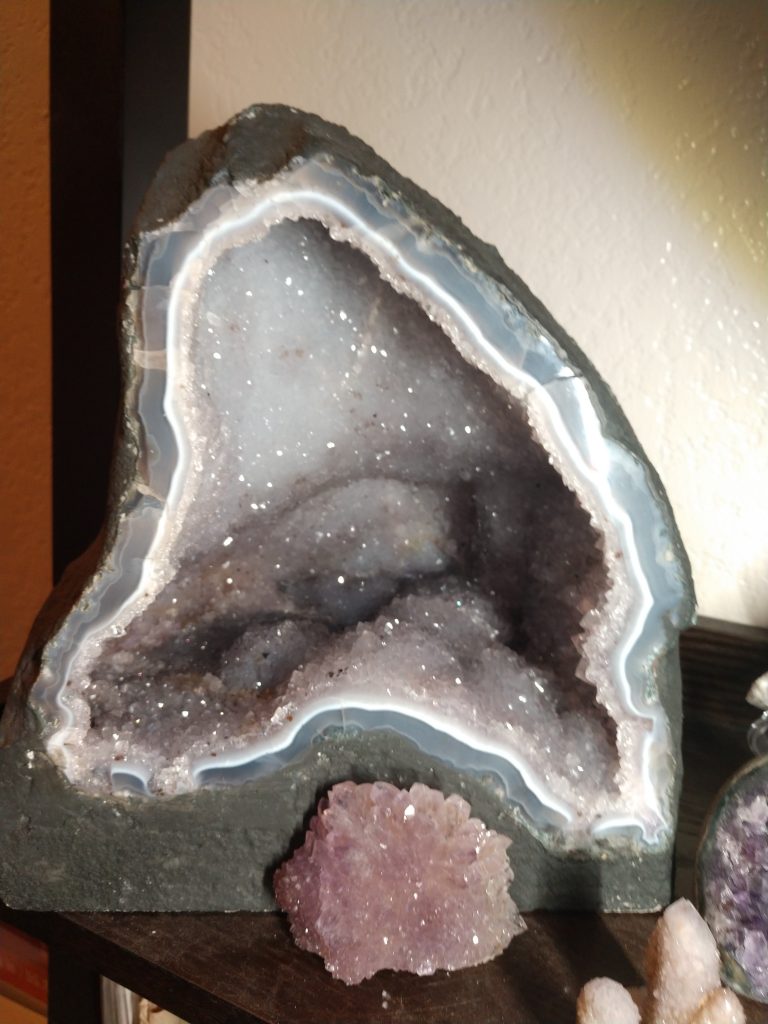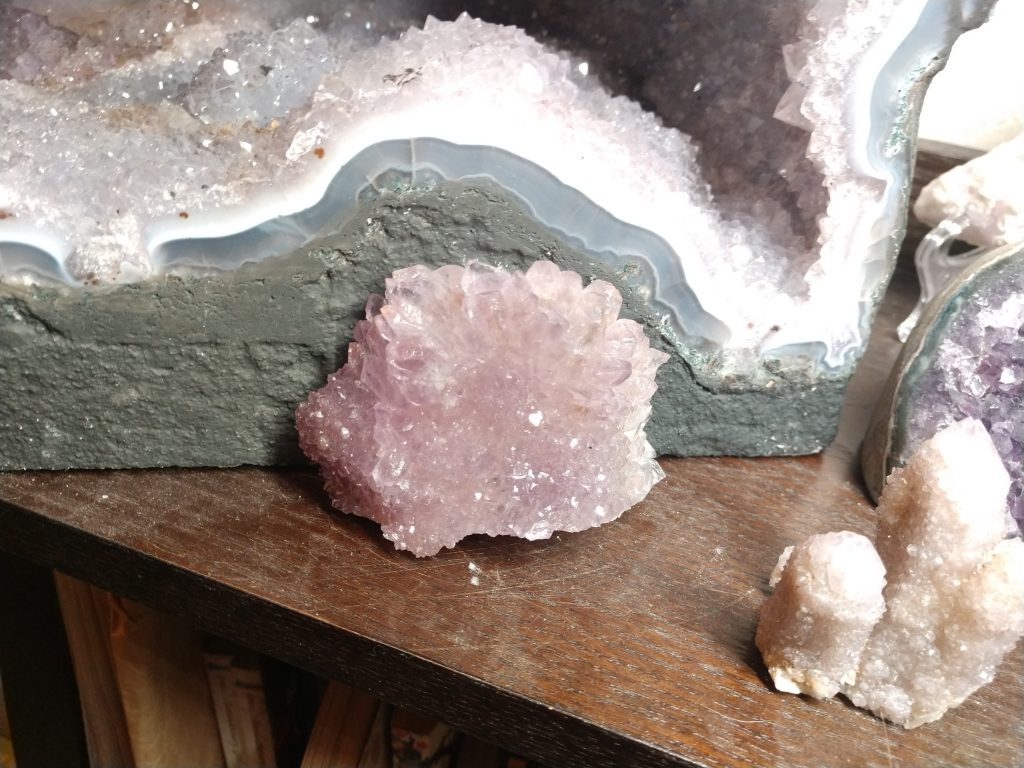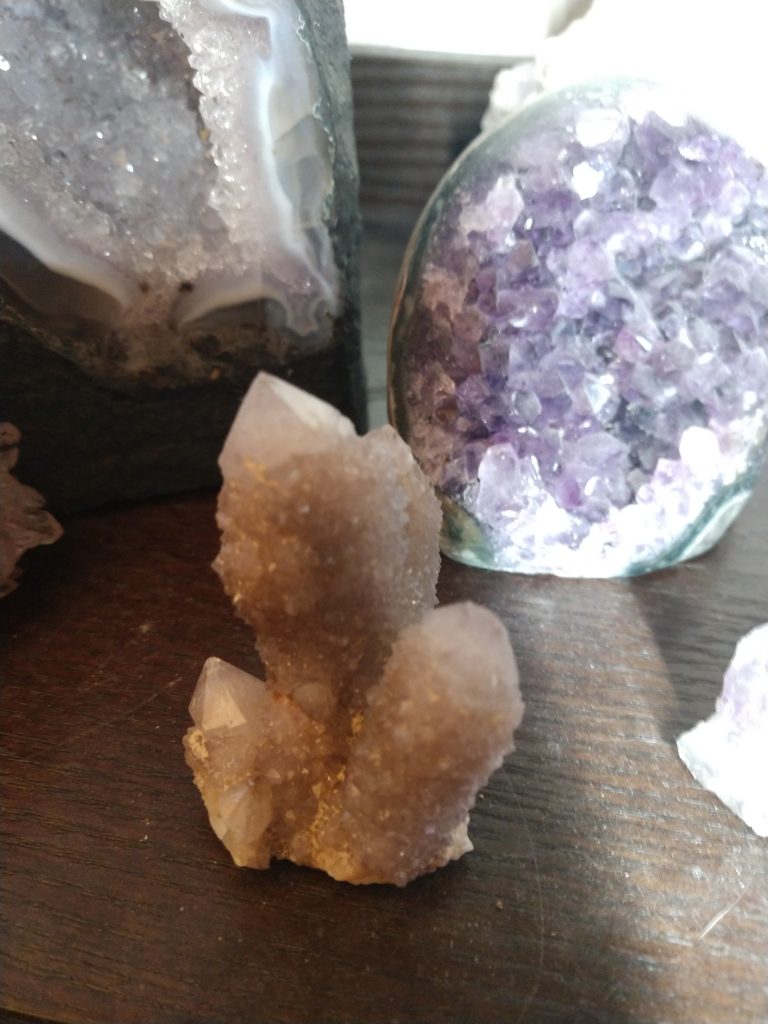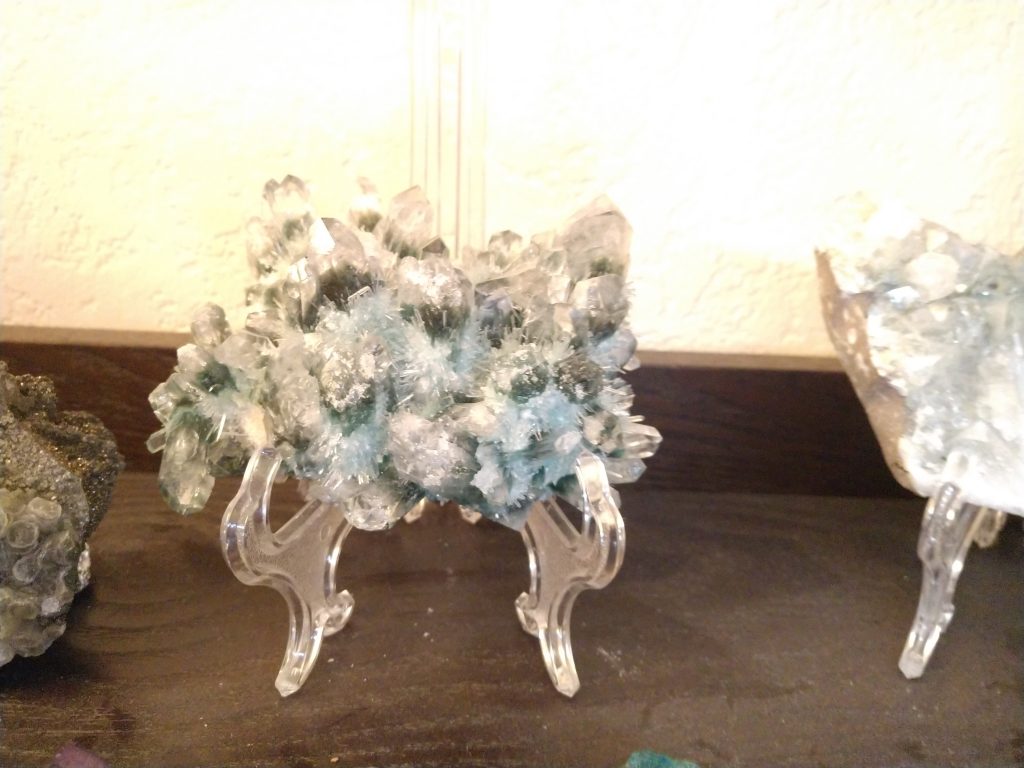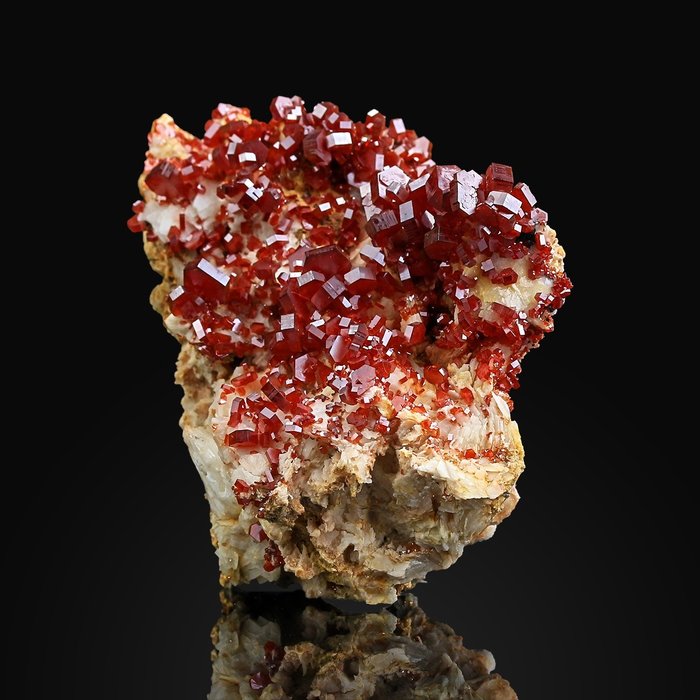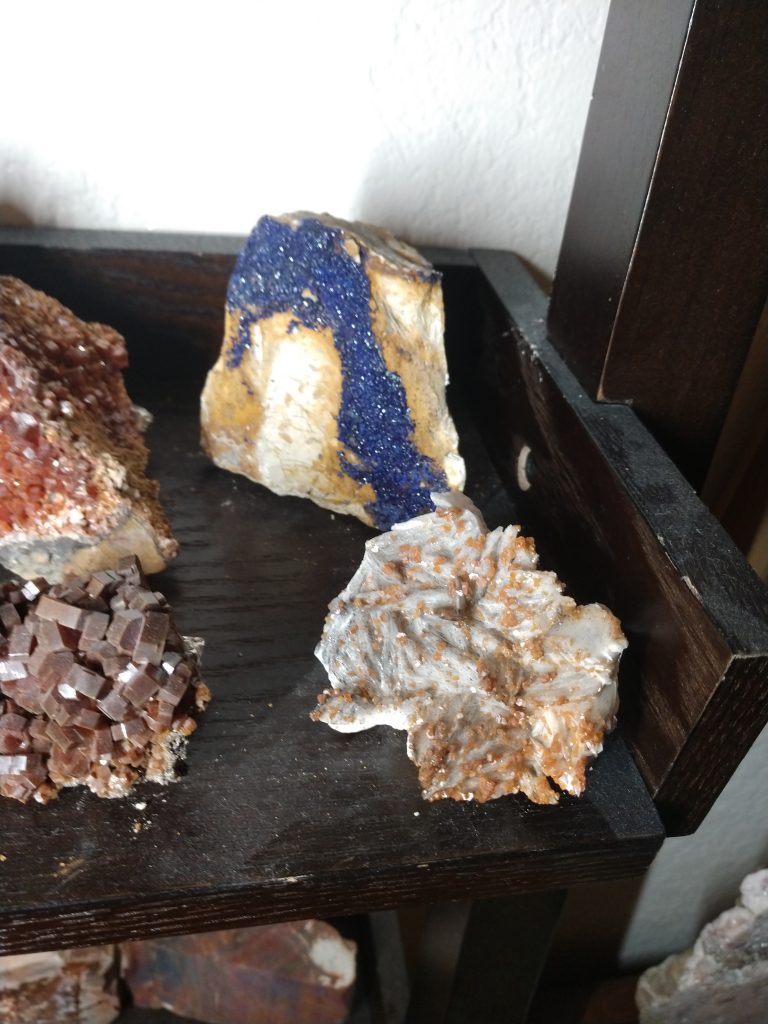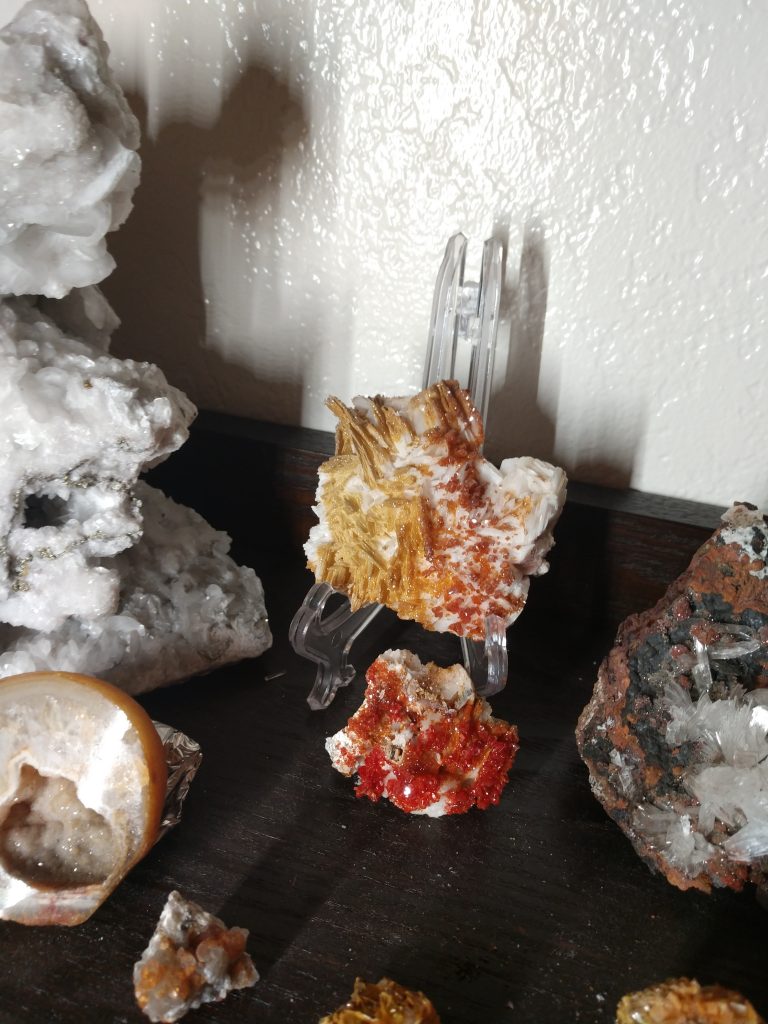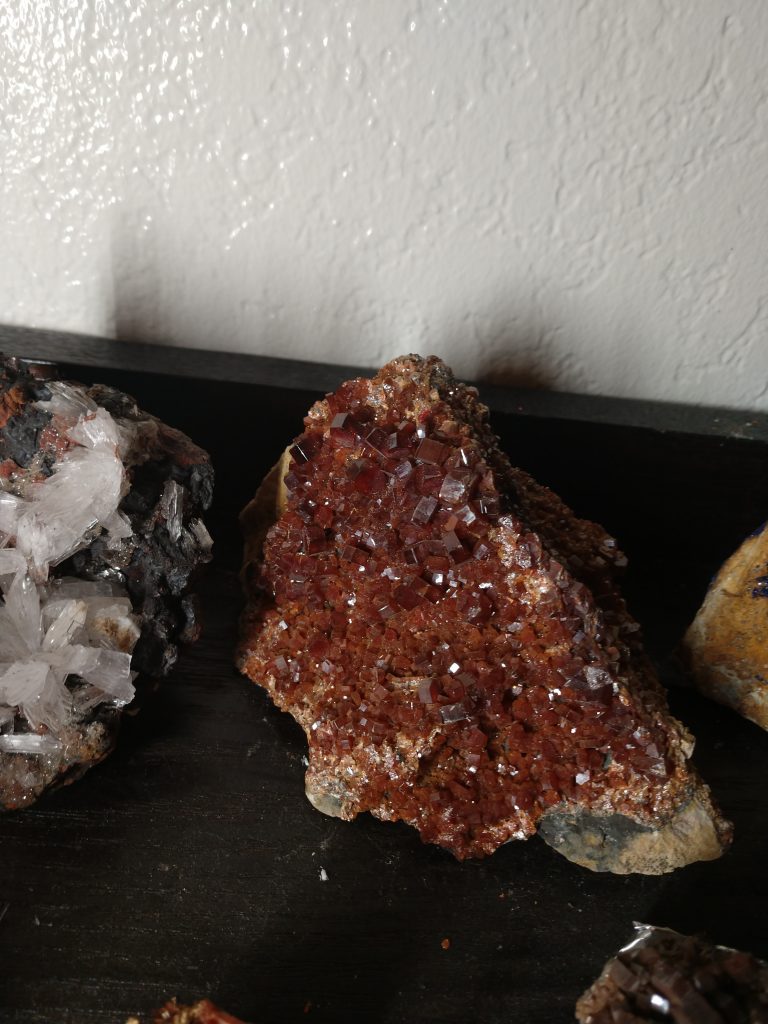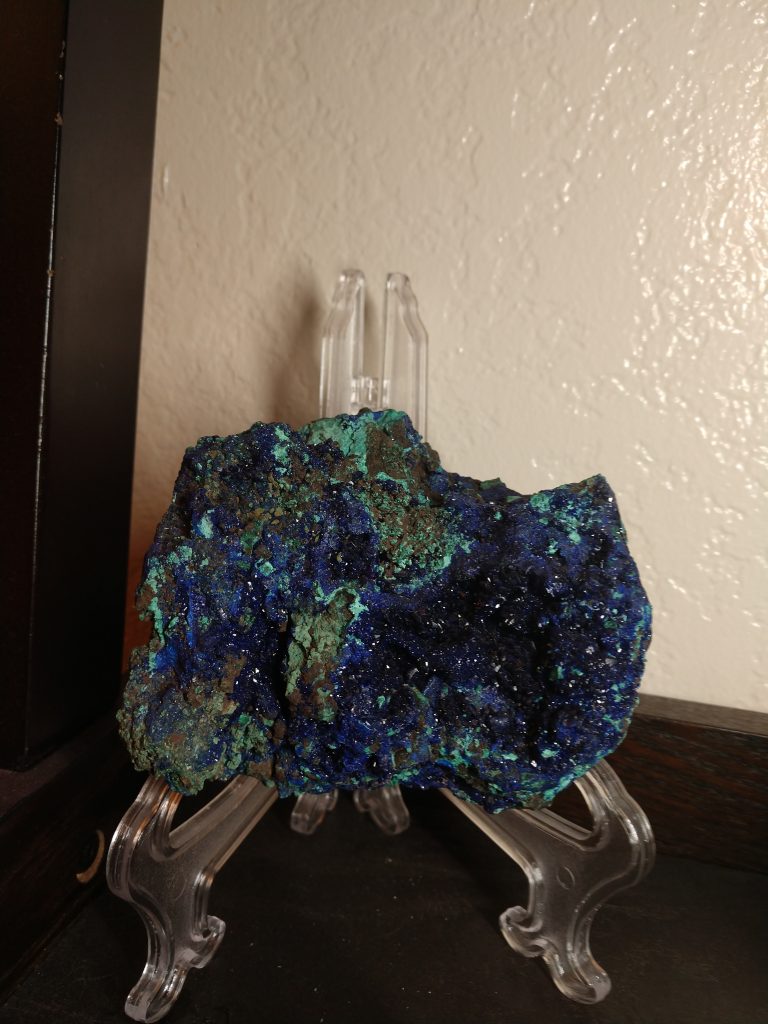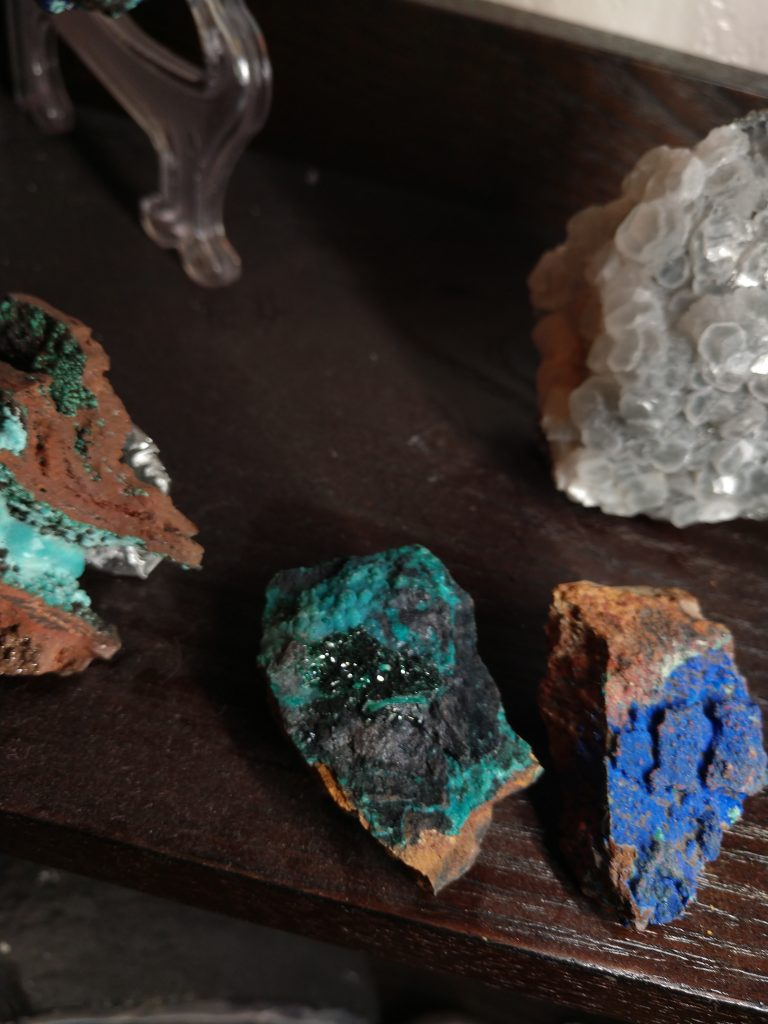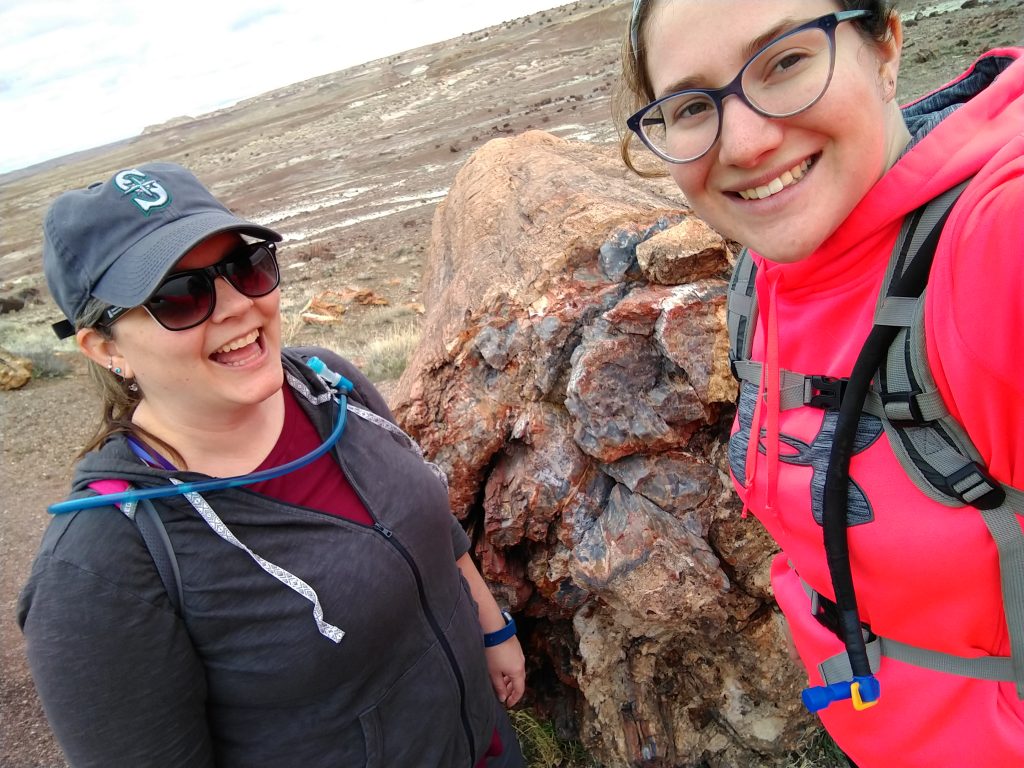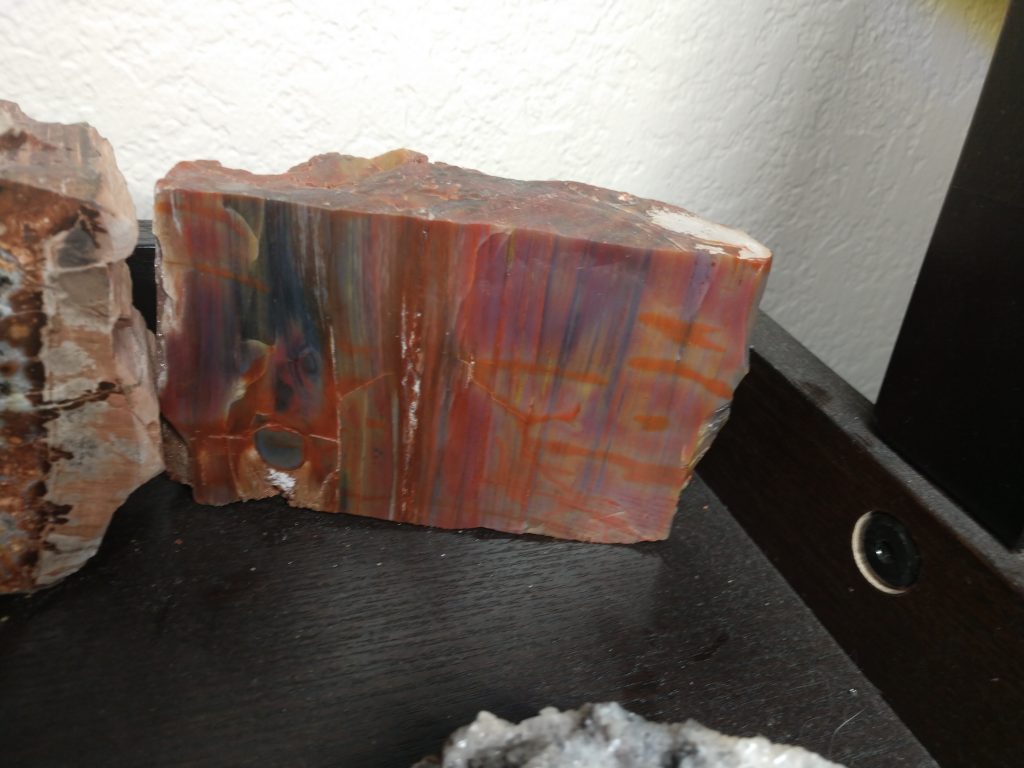[taps my metaphorical microphone] …hello…? Hello! I’m Erin Maier, your guest stay-at-home blogger for this fine Wednesday. I’m a PhD student in astronomy working with Dr. Ewan Douglas in the University of Arizona Space Astrophysics Lab group (UASAL) on various things related to high contrast imaging from space (including continuing the good work of Dr. Kelsey Miller on Electric Field Conjugation.) I report to you live from my bed, where I have spent a lot of time the last six weeks or so, sleeping, (…sometimes…) working, and playing video games.
Video games have become my biggest social outlets in these times of quarantine, and I know they have for other people too. Every day I get closer to buying a Nintendo Switch so I can play Animal Crossing with all my friends. Alas, I’m not quite there yet. The turnip market scares me. As does Tarantula Island. But I’ve picked up Overwatch for the first time in two years or so to play with my best friend; a friend bought me and another friend copies of a JRPG called Octopath Traveler and we’ve been livestreaming with each other on the weekends (we also have a cooperative Stardew Valley farm between the 3 of us); another friend and I have little dates in Destiny 2 every Tuesday evening to do a challenge that’s on a 6 week rotation and grab the special collectibles together. This is what our “we still on for this evening?” conversations have become:
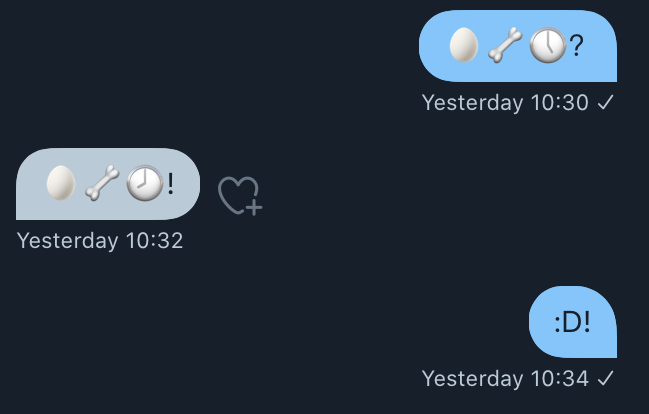
Of all my games, I’ve been spending the most time in Destiny 2, and it’s been a major help in keeping my mental health up, mostly by being an escape fantasy. I mean, sure, the Universe is once again under threat by the powers of Darkness that nearly destroyed us a couple centuries ago, but that’s something I personally can do something about, unlike this pandemic. It’s an open world looter-shooter with plenty to do at all levels of commitment. It’s easy to spend a couple hours exploring and doing bounties on my own,
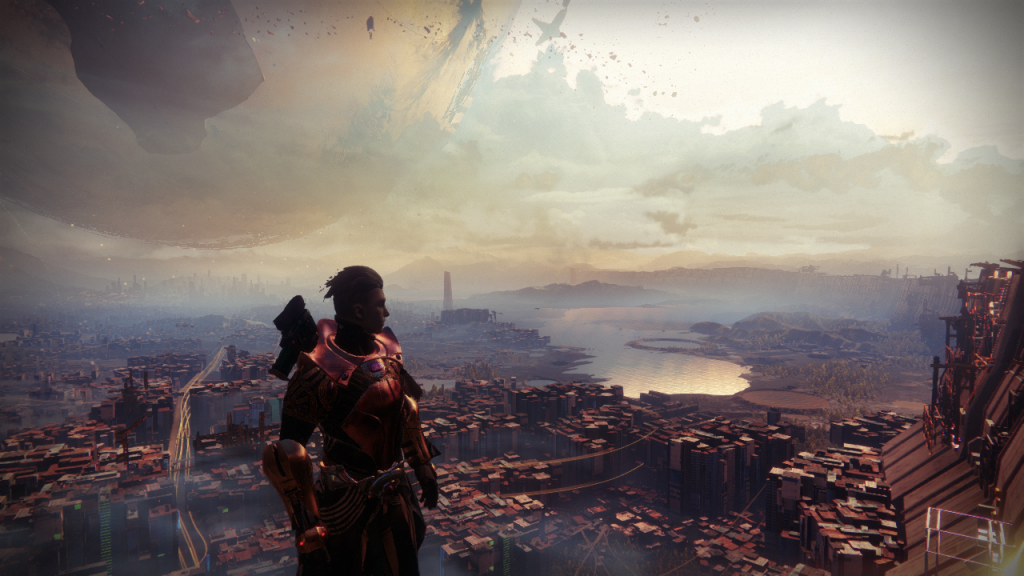
or hop into the Crucible (6 player – vs 6 player battle royale mode) on my own or with friend(s) for a few matches,
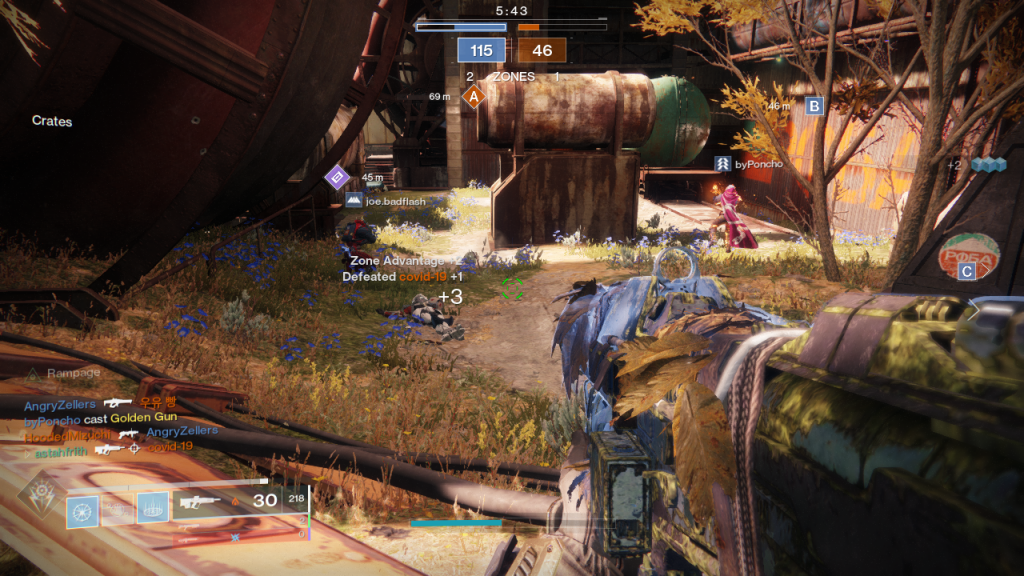
or throw up a “looking for game” post to preplan an activity if I want to do something mechanically difficult to take my mind off things. There’s a group of us slowly working through the list of achievements required to get the special title “Rivensbane” for Last Wish, my favorite raid in the game. We run it a couple of time a week together, and cheer on each others’ successes and commiserate the failures.
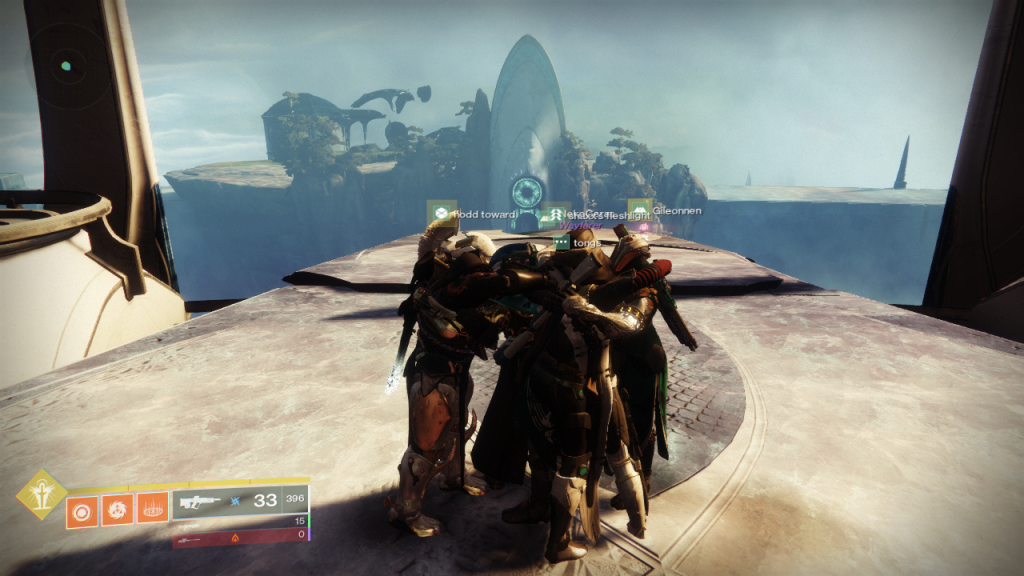
My fellow UASAL grad student in OpSci, Jaren Ashcraft, has also recently picked up Destiny 2! Which has been exciting! We yell about optics, take a break to go shoot some aliens, go back to yelling about optics. It’s been fun dragging him all over the Solar System and being like “oh god is this what my friends felt like when I was a new player?” I feel a deep sense of responsibility to make sure he gets to see all of the cool places and things and also to laugh when he misjudges his jumps and falls off a cliff (karma usually gets me a few minutes later).
He’s also still leveling his character, which means he’s often stuck with the ugly low rarity gear. I try very hard not to be mean about it because I was there once, but also, I can’t believe there was a time I thought this stuff was fashionable.
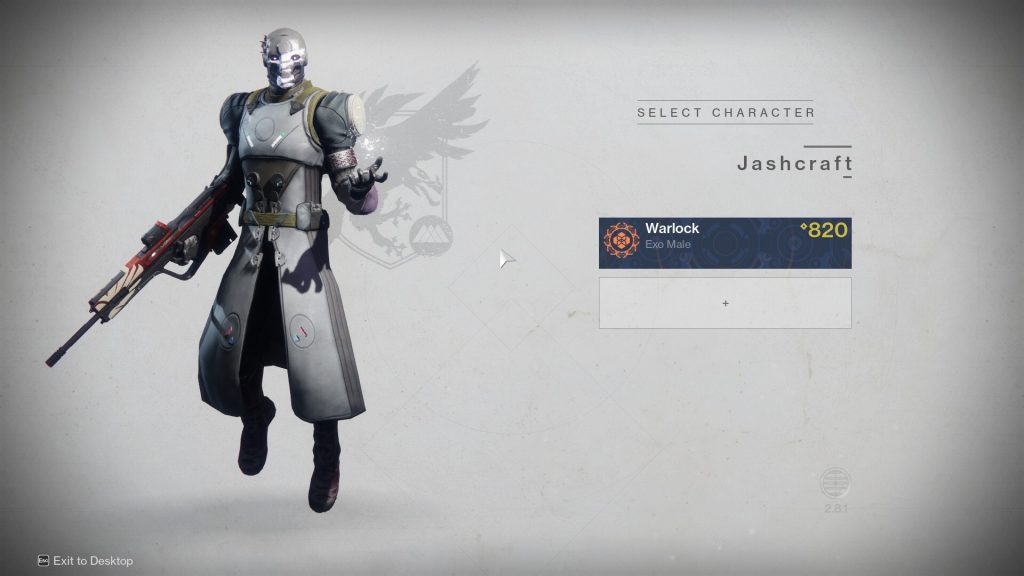
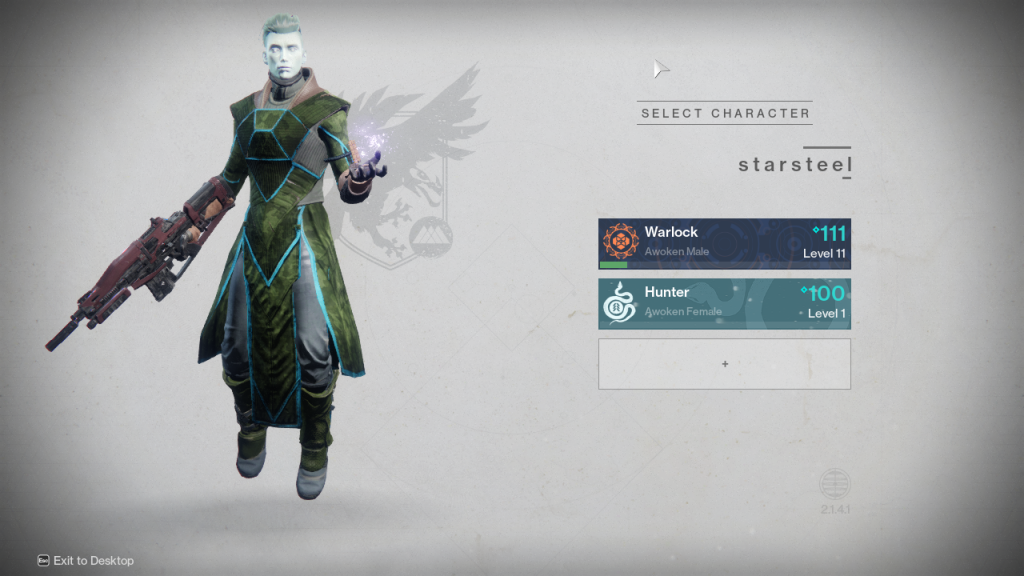
You know what, this seems like a perfect time to do a reenactment of the Old Spice “Look at your man” skit.
Hello, Guardians.
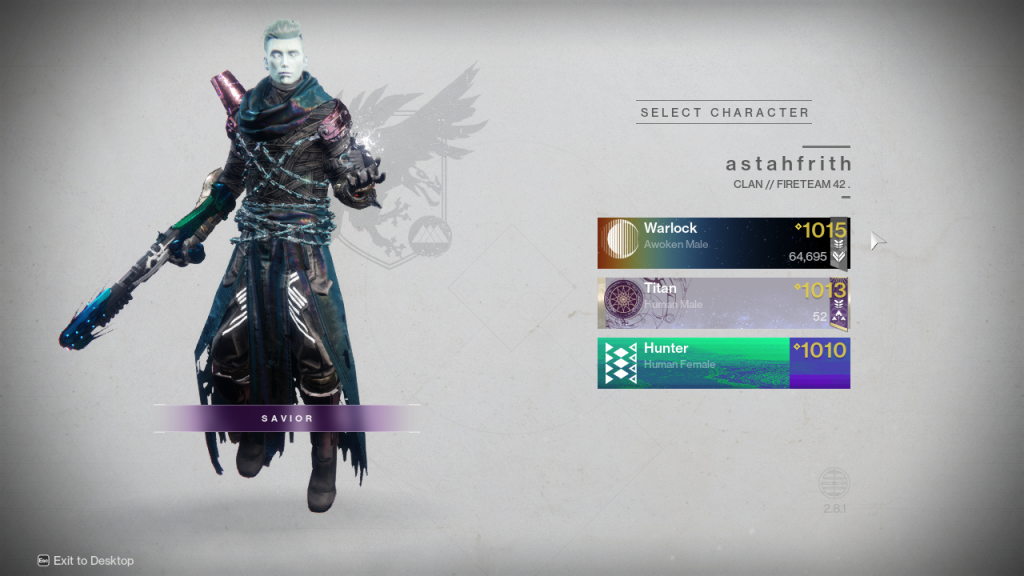
Look at your Guardian.

Now back to me.
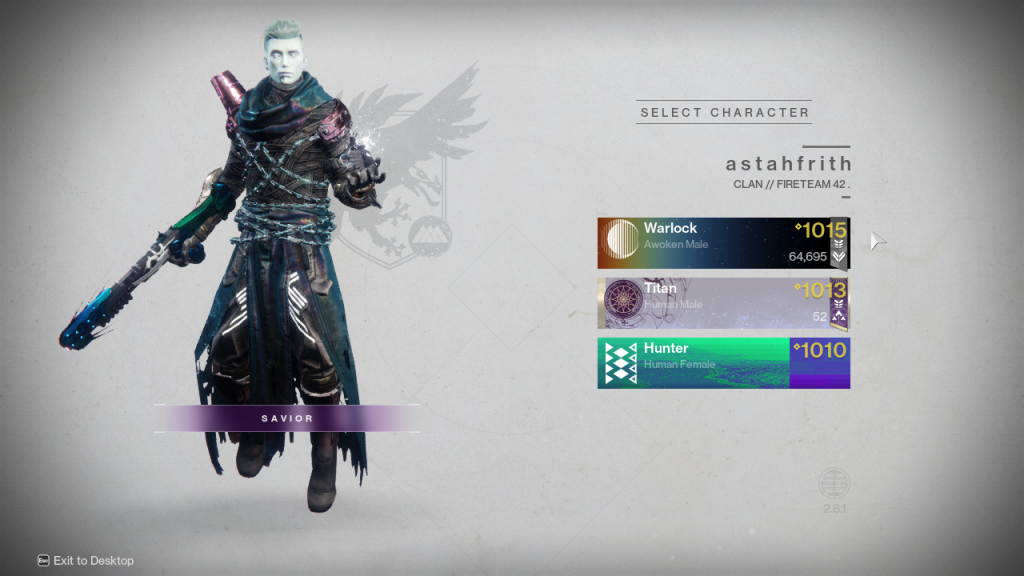
Now back at your Guardian.

Now back to me.
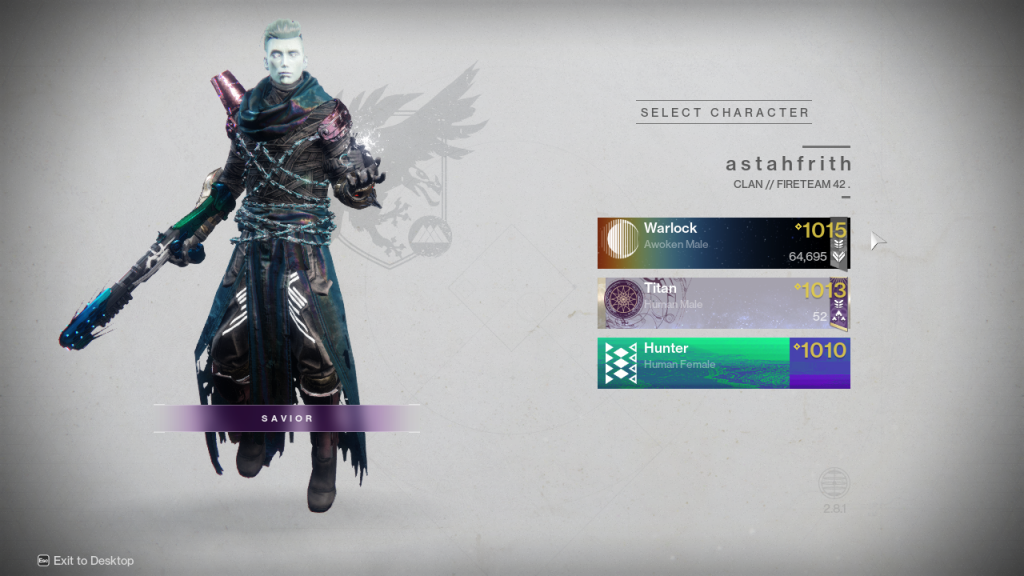
Sadly, they aren’t me. But if they keep grinding, and find some decent gear, they could, someday, have a power level like me! Look down.
Back up. Where are you?
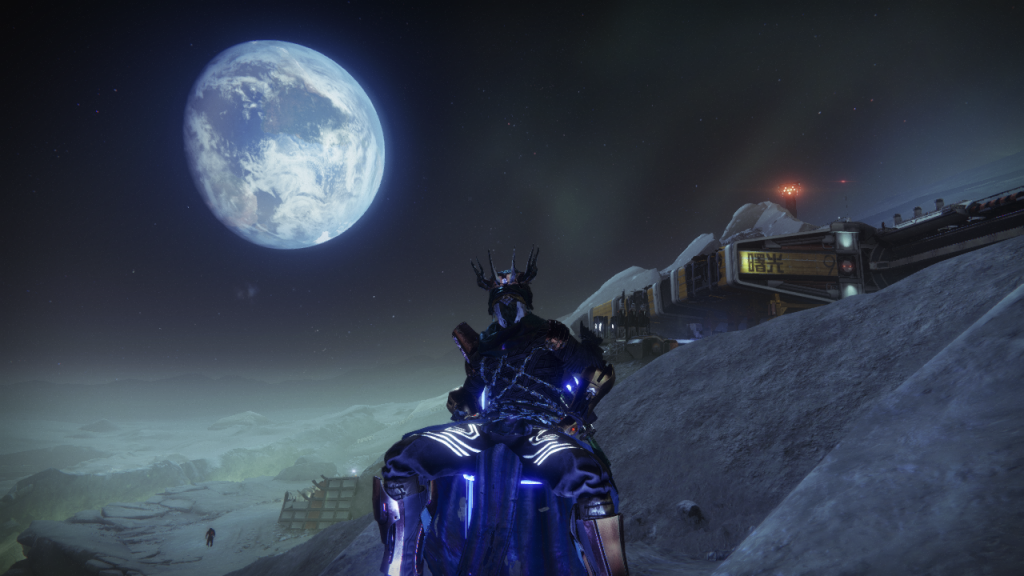
You’re on the Moon, with the Guardian your Guardian COULD be! What’s in your hand?
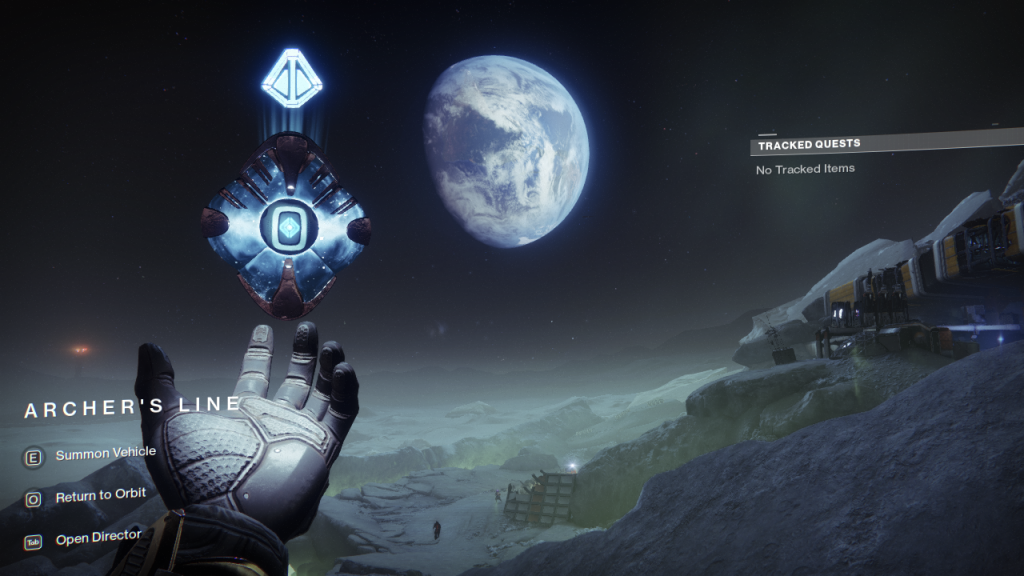
Back at me.
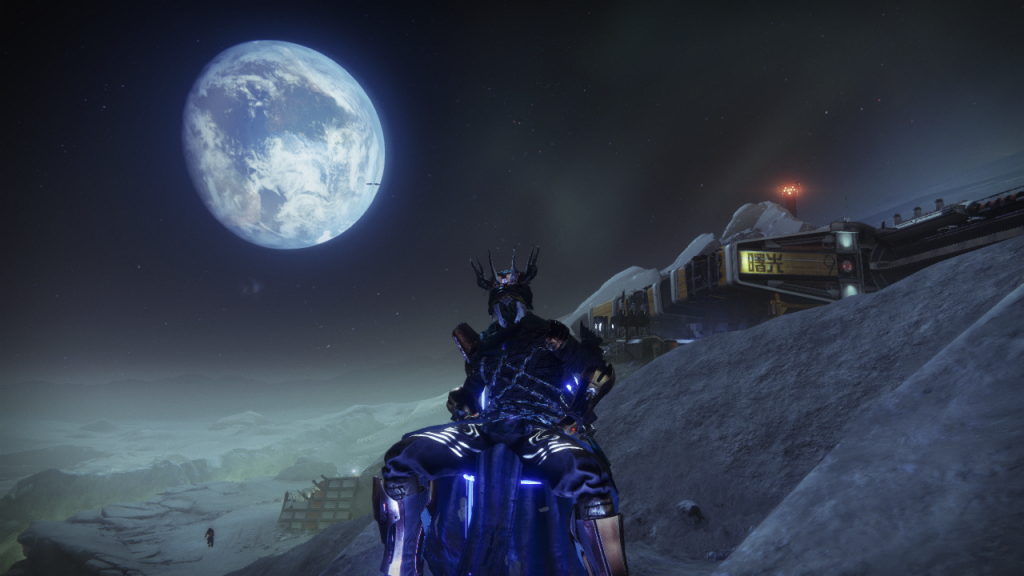
I have it. It’s the materials you need to upgrade your gear.
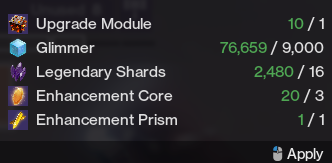
Look again.
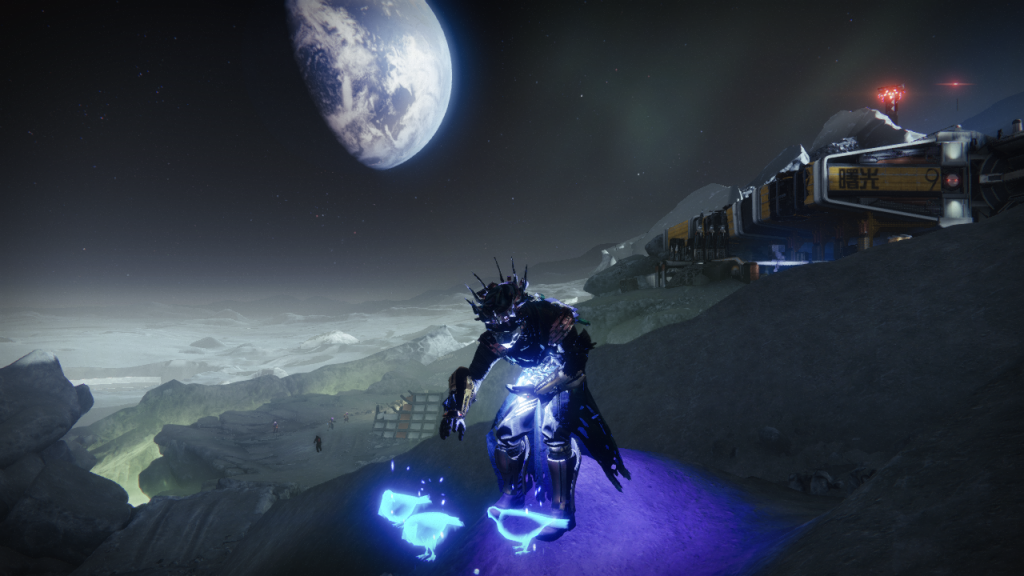
The materials are now pigeons. Aren’t they adorable?
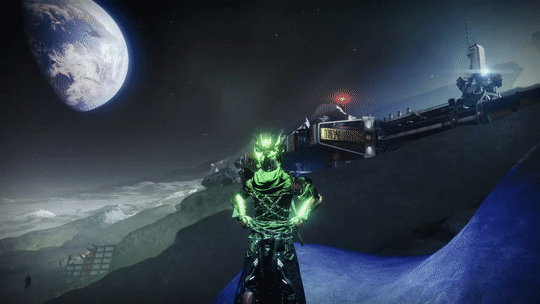
Anything is possible when you work hard, Guardians.
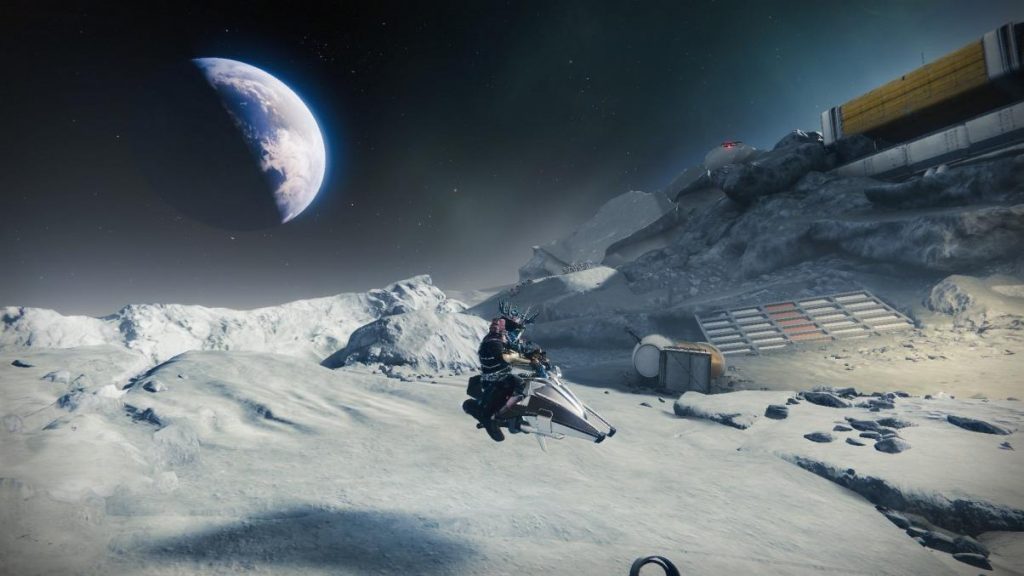
I’m on a tiny sparrow.
(I spent like half an hour in game yesterday taking all these screenshots. Many thanks to Nan for their help with my shenanigans.)

If you’re looking for another game to play during this quarantine and enjoy shooters, I recommend Destiny 2! The base game and first 2 expansions are free. If I finally break down and get a Switch and Animal Crossing, I’ll let you all know…MagAO-X’s own Lauren Schatz has recommended the game Astroneer though, so I might pick that up first.
Stay safe and healthy, my dear readers. Take some time for yourselves when you need it.
– Erin
Oh, I almost forgot – your song of the day! The “Escape” version of “Shell of What Was” from the Last Wish raid in Destiny 2. Great motivation music. Plays while you’re running a combination relay race/high stakes hot potato with the heart of a dragon.
